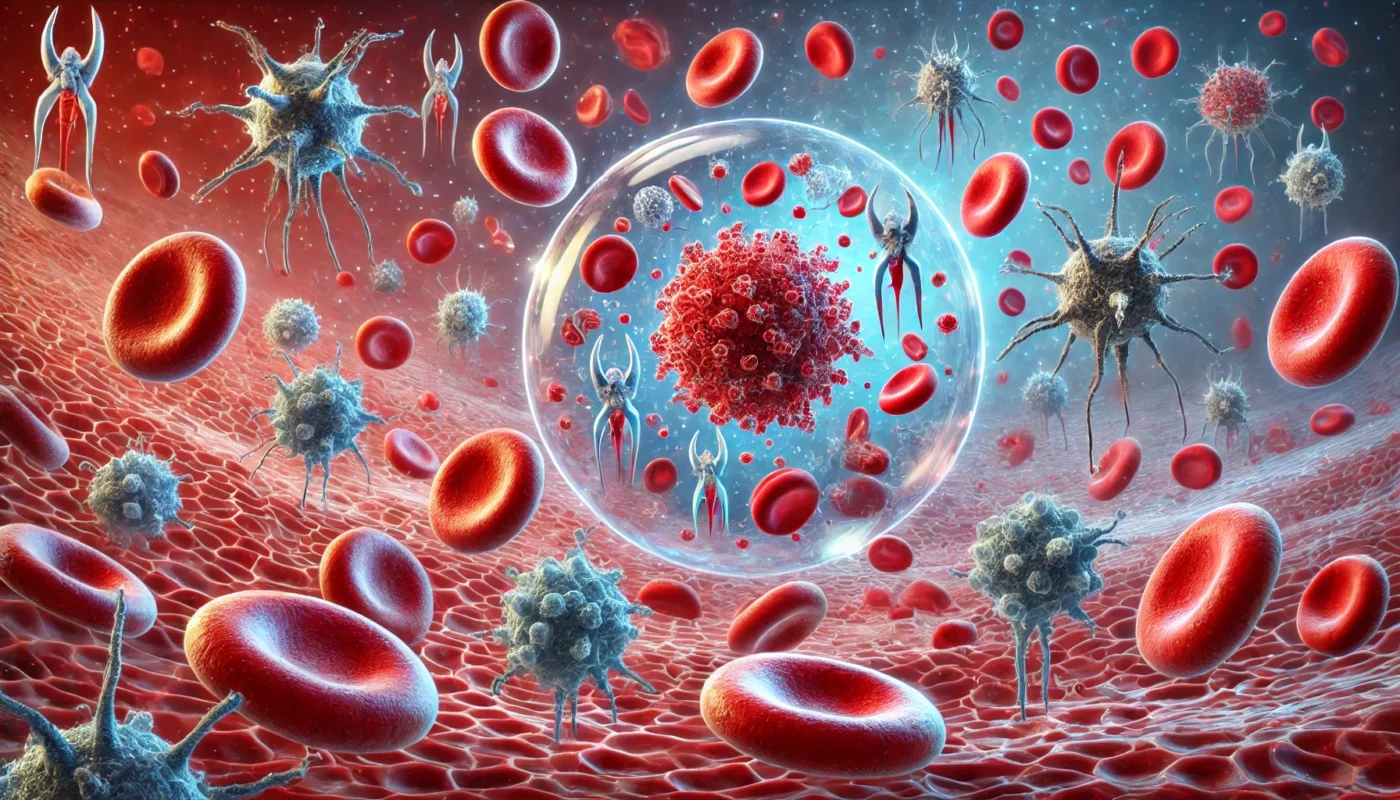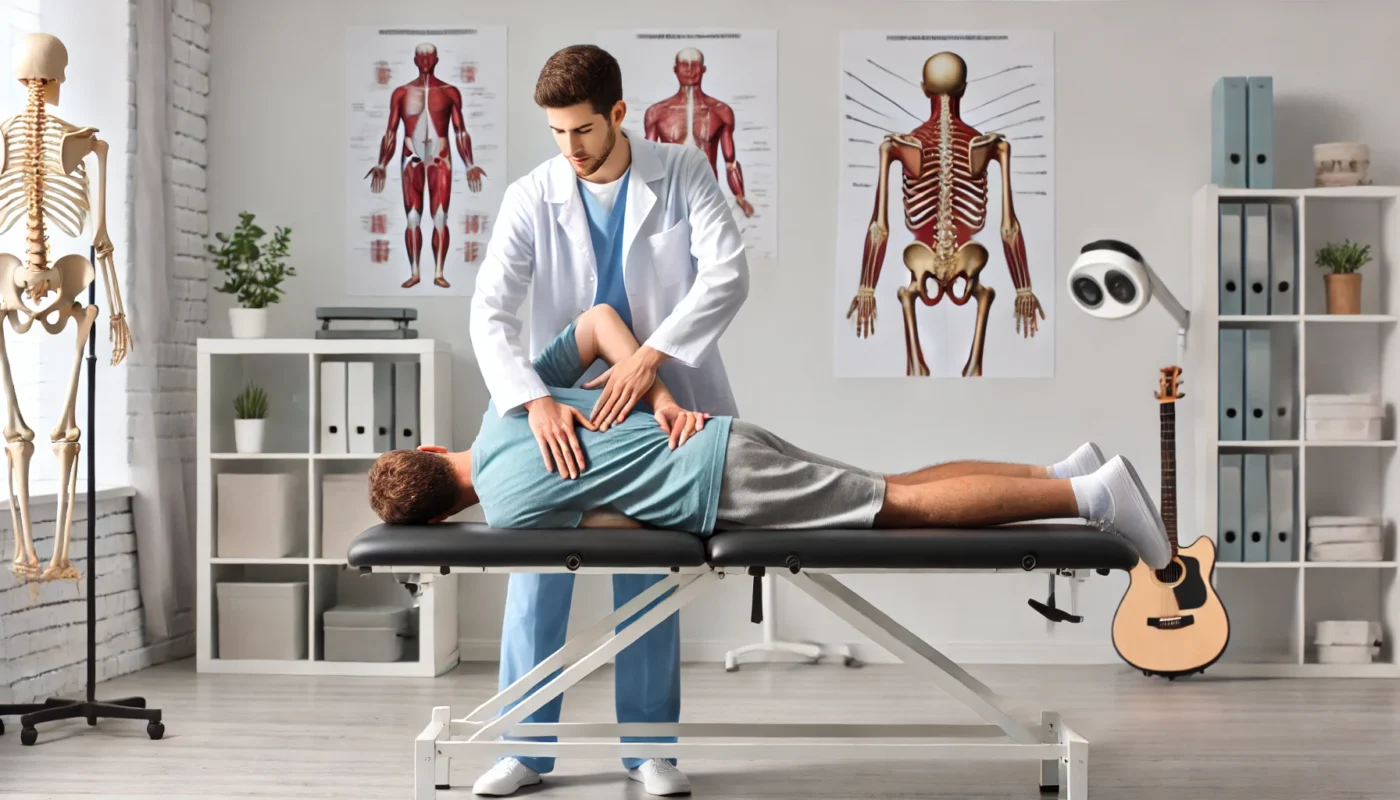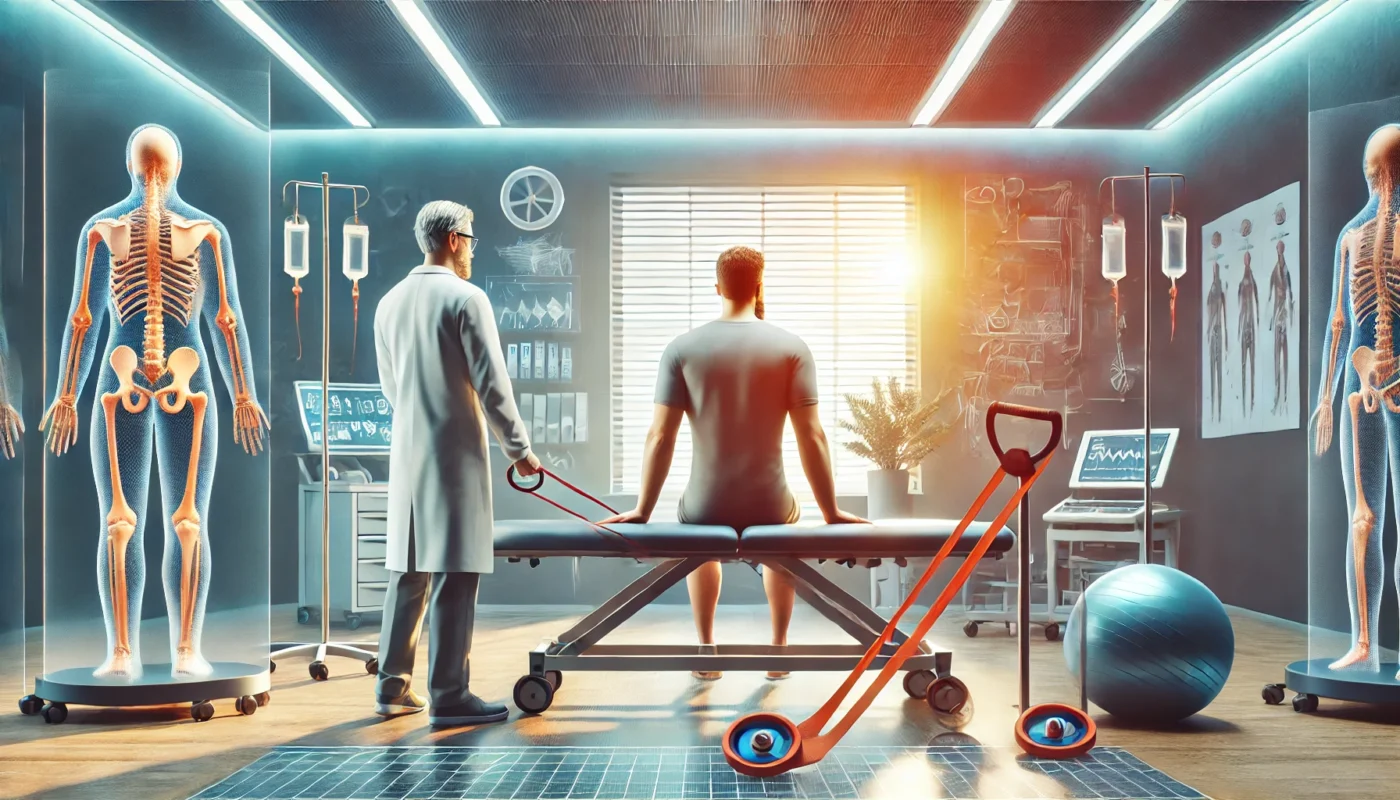If you’re venturing into the world of holistic health and seeking a personalized approach to wellness, finding the right integrative medicine doctor in your area might be your next step. Integrative medicine combines conventional medical practices with alternative therapies to address the whole person: mind, body, and spirit. But how do you find a practitioner who aligns with your health goals and values?
Tag Archives: patient empowerment
Functional holistic medicine is an integrative approach that combines traditional medical practices with alternative therapies. This type of medicine emphasizes the prevention and treatment of chronic diseases by addressing the root causes rather than merely managing symptoms. Practitioners work closely with patients to develop personalized treatment plans that may include lifestyle changes, nutrition, stress management, and alternative therapies such as acupuncture or chiropractic care.
Warm Autoimmune Hemolytic Anemia is a type of autoimmune disorder where the body’s immune system mistakenly attacks its own red blood cells. This leads to hemolysis, or the destruction of red blood cells, which can result in a variety of symptoms ranging from mild to severe.
Arthritis is a term that encompasses over 100 different types of joint diseases and conditions. The most common forms are osteoarthritis, which results from wear and tear on the joints, and rheumatoid arthritis, an autoimmune disorder where the body’s immune system attacks its own tissues. The impact of arthritis goes beyond physical discomfort, affecting emotional well-being and daily activities.
Navigating the labyrinth of pain management can be daunting, especially with the plethora of treatments available. Whether you’re a fitness enthusiast, a health aficionado, or someone managing a chronic condition, understanding the options at pain clinics can empower you to make informed decisions about your health. Pain clinics are specialized centers that focus on diagnosing and managing pain, often employing a multidisciplinary approach to provide relief and improve quality of life. This article delves into the various aspects of pain clinics, highlighting the top treatments they offer and how they can help you on your journey to better health.
Pain treatment centers, often referred to as pain clinics, focus on diagnosing and managing chronic pain conditions. These facilities employ a multidisciplinary approach, combining the expertise of various healthcare professionals, including physicians, physical therapists, psychologists, and alternative medicine practitioners. The goal is to provide a comprehensive and personalized treatment plan that addresses the root causes of pain rather than just the symptoms.
Pain clinics are specialized medical facilities focused on diagnosing and managing chronic pain. Unlike general healthcare providers, these clinics are equipped with a multidisciplinary team of healthcare professionals, including pain specialists, physical therapists, and psychologists, who work collaboratively to address complex pain conditions. By bypassing the need for a referral, patients can access targeted pain management without delay, ultimately enhancing their quality of life.
Navigating the world of pain management can be daunting, especially when searching for the right clinic or doctor to address your specific needs. In Plano, Texas, several pain clinics offer a variety of services aimed at alleviating discomfort and improving quality of life. This article will provide insight into patient experiences at these clinics, focusing on the comprehensive approaches taken to manage pain effectively.
CRPS is characterized by persistent and severe pain that typically affects one limb, such as an arm, leg, hand, or foot. It usually develops after an injury, surgery, stroke, or heart attack. Despite extensive research, the exact mechanisms behind CRPS are still unclear, which makes it a challenging condition to treat effectively. The pain associated with CRPS is often disproportionate to the initial injury, and patients may experience symptoms like changes in skin color and temperature, swelling, and abnormal sweating.









